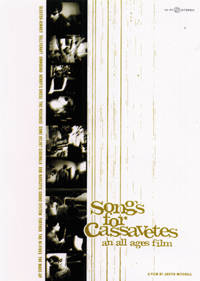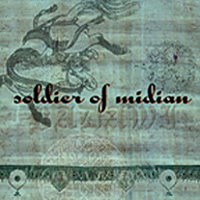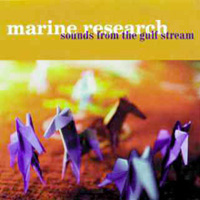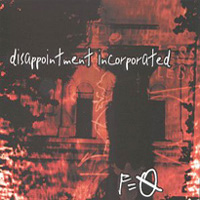 Songs for Cassavetes
Songs for Cassavetes
An All Ages Film (Seventh Art)
by Jamie Kiffel
“I’m not manufacturing products to be sold… I’m documenting artistic expression,” says Calvin Johnson, founder of K Records and your guide throughout Justin Mitchell’s documentary of underground rock, Songs for Cassavetes. Inspired by late independent filmmaker John Cassavetes, the film forks up the most raw, gritty reality of being a do-it-yourself musician in America: Doing what you love without having your inspiration squashed by the giant hand of capitalism. In Cassavetes’ words, “In this country, people… die emotionally at the age of 21, maybe younger. My responsibility as an artist is to help them past 21.”
Like the often-exasperated indie rockers who’ve gone financially and sometimes emotionally bald trying to just keep doing what they love, this black & white film is a gritty, often trying ride. Bleak, angular 16mm shots of musician’s cheeks, wide pans of the warehouses where they record their music and angular, jarring visions of nicotine-blottoed clubs help the audience feel what it’s like to invest your whole self in something so soul-important that you’re willing to take the boot-wear, long glueless gum off the carpet as payment for it… always hoping for crowds of gum-chewers themselves, half-certain you’ll never see them.
The film’s realism is at its best in the performance segments. The artfully shot shows faithfully reproduce the experience of being packed into a hole of a club – the prized, commercially-untainted spots where audiences can feel the band’s sweat.
The performance segments also clarify that this music might not sell even if the artists tried. “Maybe it’s not popular this year, and maybe it’s not gonna be popular next year, and maybe it’s never gonna be popular. But hey, this is what I wanna do,” says Some Velvet Sidewalk singer Al Larsen. The Peechees, skinny and pale in buttoned-up shirts and nerd glasses, convulse between marble-mouthed wails; the women of Sleater-Kinney pound and scream through flashing lights, and The Make-Up flail and race around a glittering stage.
The film’s greatest problem, however, is the performers’ mucky ums, uhs, y’knows, and likes. This conversational junk – added to the fact that few of the performers are actually identified in the film – deeply undercuts the artists’ efforts to justify or explain what they do. If only someone edited out all the pauses, repetitions, and vernacular filler, a crucial question might be answered: Why do these musicians keep playing if their lives appear so bleak and futile? If their story were shown with an eye toward magnifying the spark that makes these people love what they do, it might be a more valuable movie. An inspired glimpse of art might remind a few capitalist proponents of how good it feels to enjoy music that comes from the heart instead of the wallet.
Calvin muses, “There are always gonna be people doing interesting things… usually when no one’s paying attention.” Unfortunately, Songs for Cassavetes does nothing to remedy this. The interviewees appear disoriented, bored, and confused. But then again, perhaps that’s the point. The underground rock movement isn’t about my pleasure. It’s about performers and their drive to create: Often in spite of anyone else’s wishes. Like this film, the undergrounders are just doing what they have to, buttoned collars, nerd glasses, empty wallets and all.
(www.7thart.com, www.musicvideodistributors.com)



